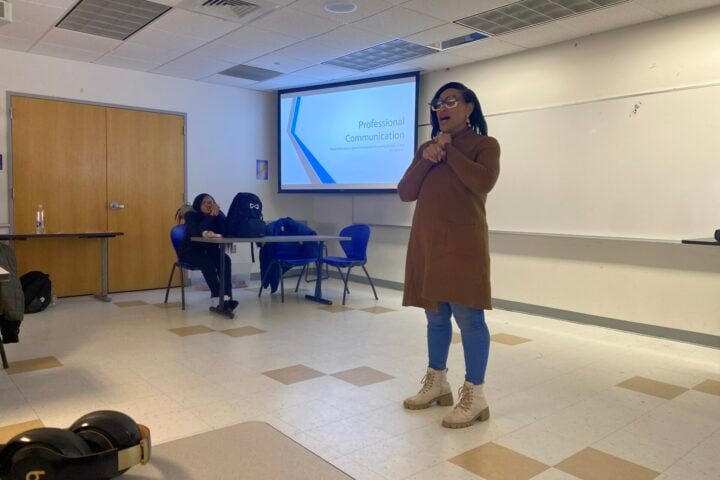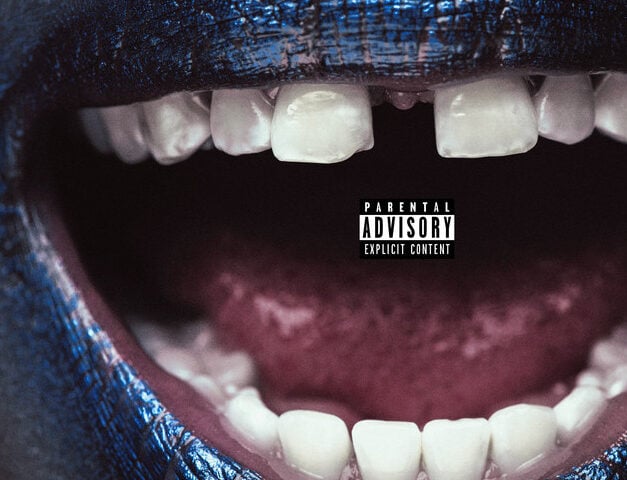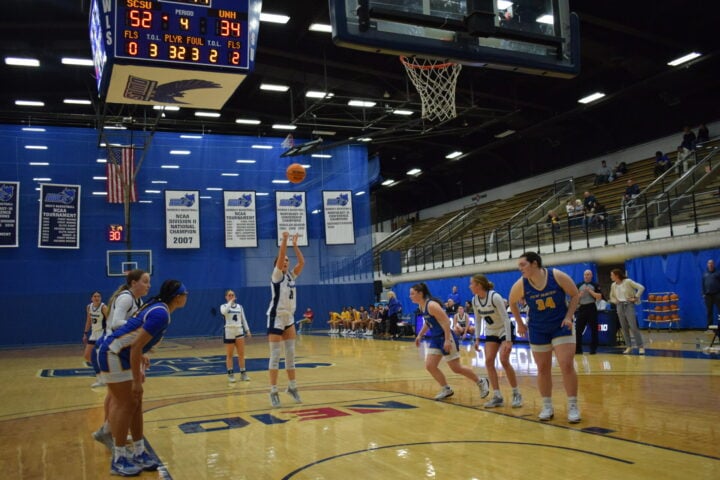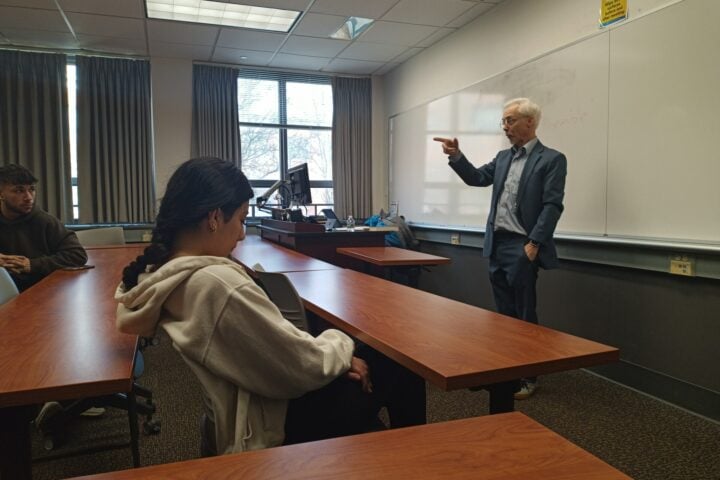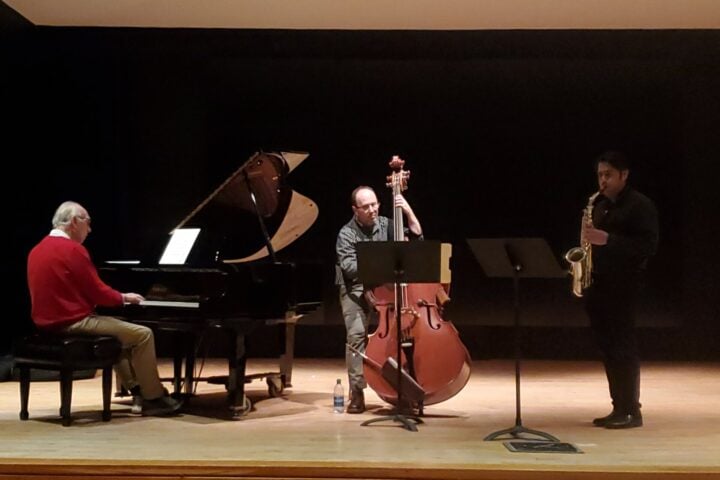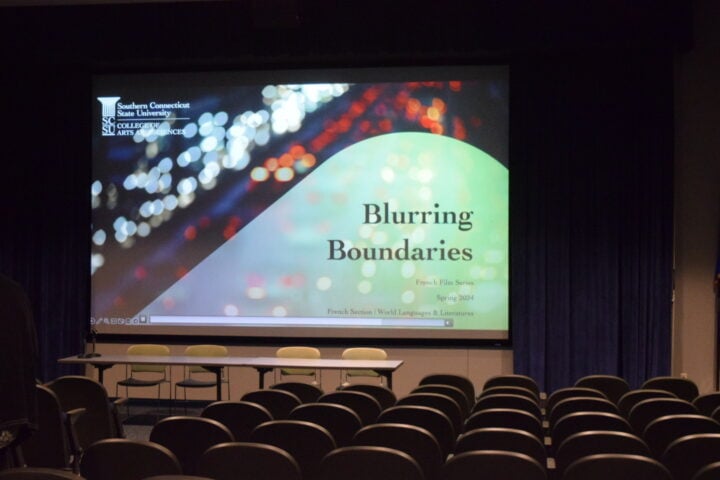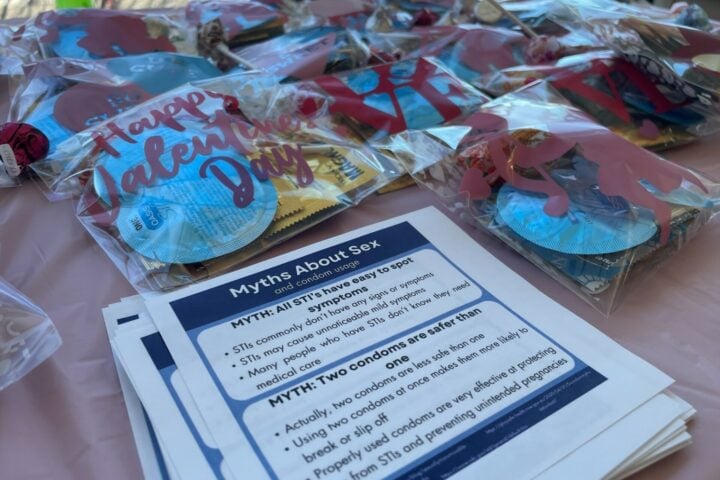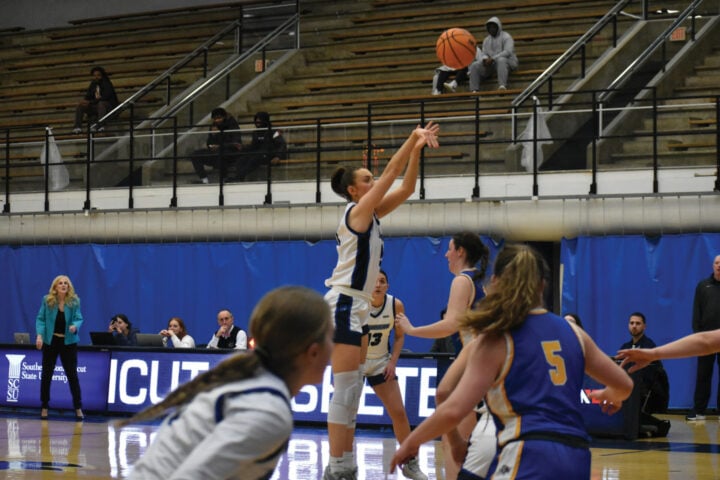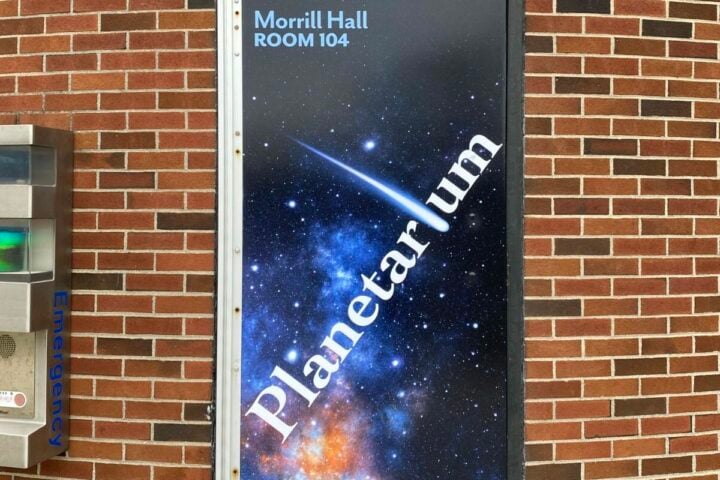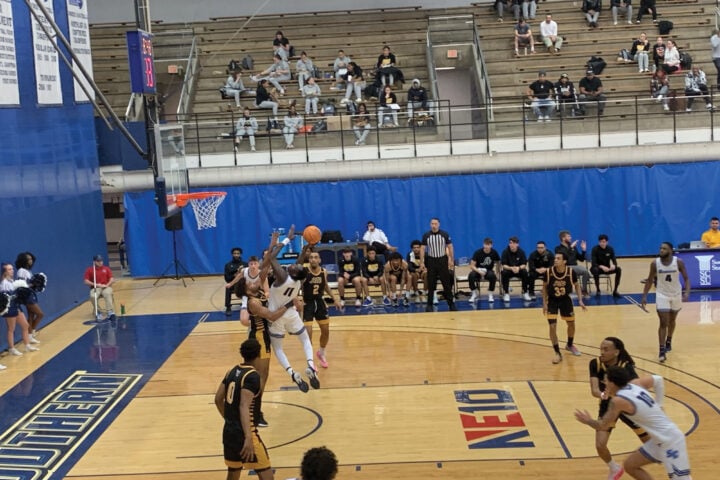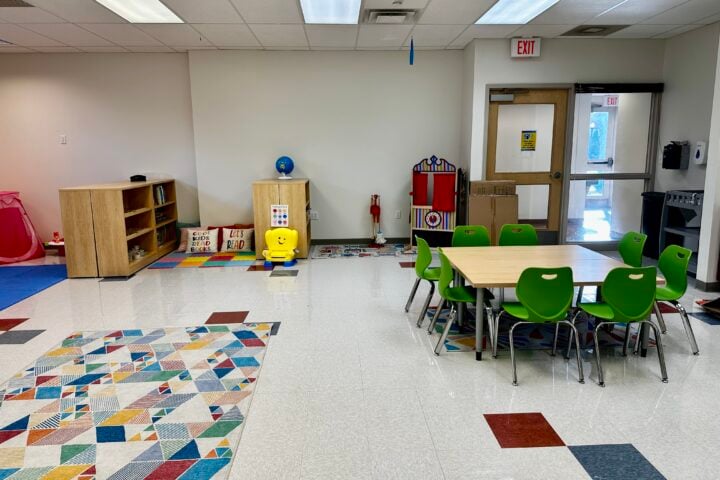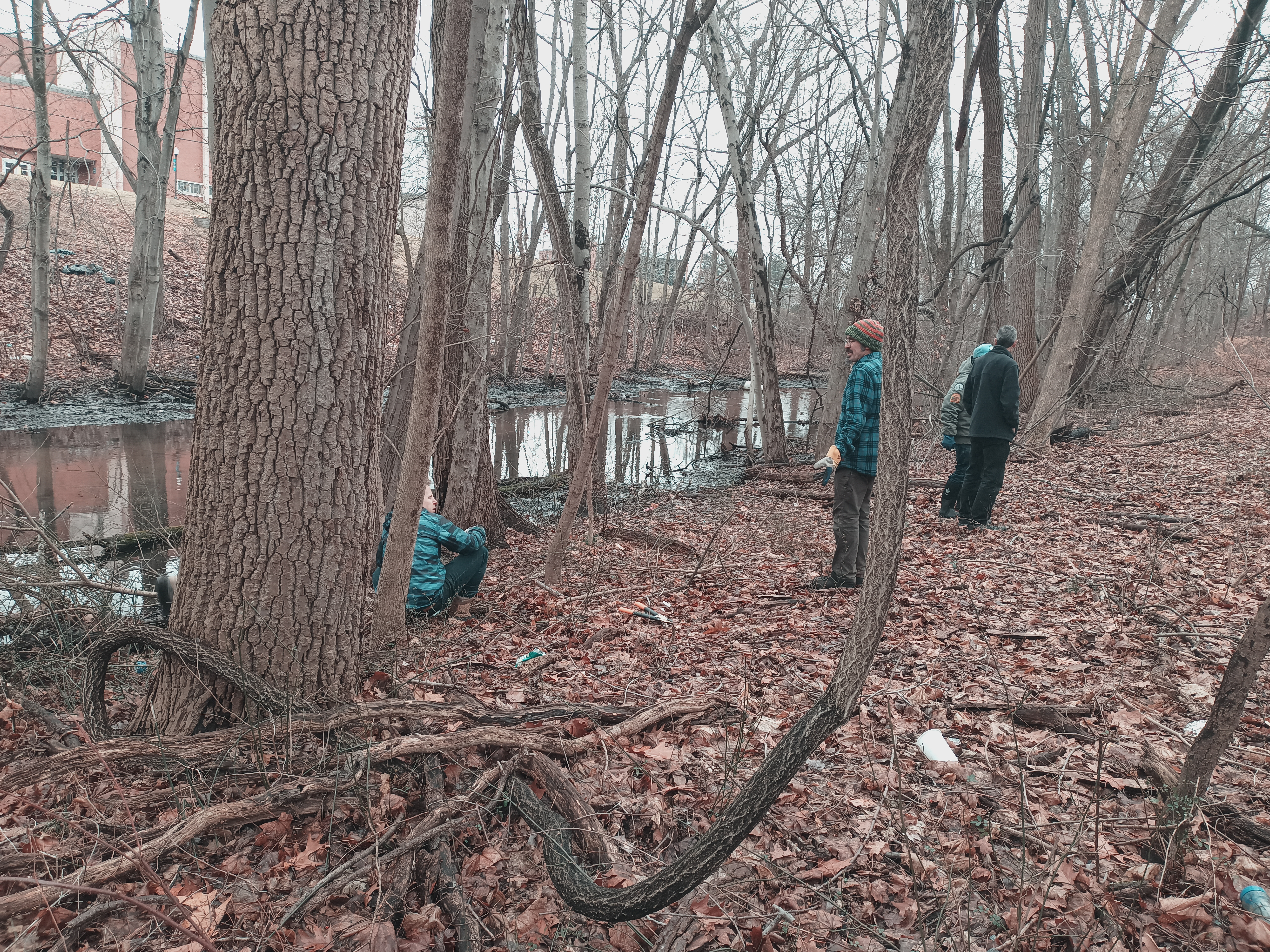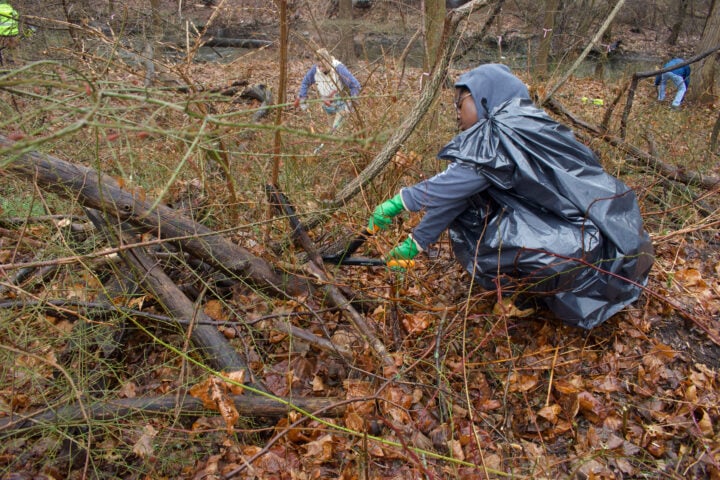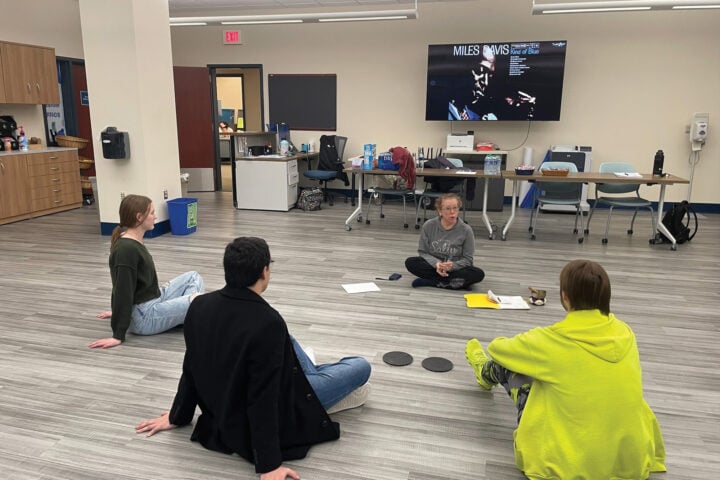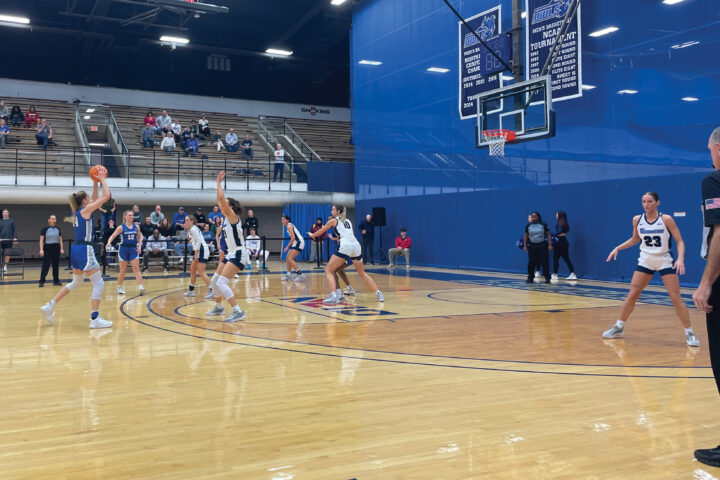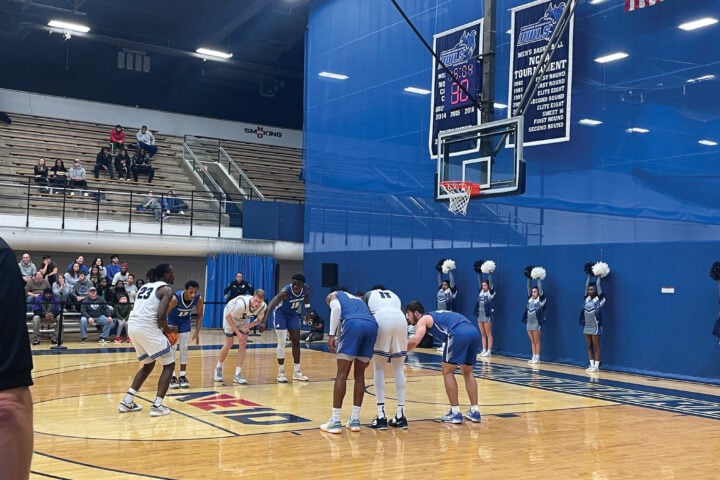Ellis McGinley – Managing Editor
The first time I ever had to finish a project with a seal in Earl Hall, I was ushered to the spray closet: a small, unassuming metal door at the end of the hall, behind which I would presumably find paints, and a secure, ventilated space to douse my piece in an aerosol clear coat that probably causes some awful lung disease when inhaled. (If only a global pandemic mandated, I wear a mask anyway.)
Inside, I found a small room about the size of the average dorm closet. There was a large hood overhead, and a small space with a few pieces of newspaper and beat-up cardboard. An old lab stool was cluttered with a graveyard of old spray paints, walls splattered with what I could only hope was their wayward emissions.
Once, during a class final, I stepped into the gender-neutral bathroom to find it occupied by a cockroach about the size of my thumb. We made awkward eye contact (it’s always rude, walking in on someone) before it scurried into a large gap beneath the sink, lined with rotting insulation foam where two tiles had split at the corner and formed a perfect little hideaway for whatever experimental insects were left from Earl’s early days.
After staring blankly into the dark, dingy crack, wondering what oversized creatures had made their colony within, I returned to class and got on with my final. Could have been worse. Could have had wings.
According to a 2013 inventory by the Connecticut Commission on Culture & Tourism, Earl Hall was built in 1959 by architects Bradford Tilney and William Pedersen and named for famed Revolutionary War-era painter Ralph Earl (also a staunch loyalist to the British monarchy).
Staff who have worked in the building as well as the presence of an abundance of science equipment say the building really began as a laboratory. Rooms like the metal shops have turned hollowed-out fume hoods and old chemical cabinets into storage and workspaces, while down in the ceramics rooms, the old lab tile becomes slick with water from pottery wheels.
High humidity means returning from summer break to find equipment red with rust, mice in vending machines, and assorted other ‘quirks’ of the building which has yet to be renovated since the elevator was added in the rear of the building and someone switched in the gender-neutral bathroom signs.
It is not clear why Earl has gone untouched for so long. College Factual lists the university’s fine arts program as the second-best in the state, only falling to the University of Connecticut, although it does seem unlikely it brings in a great deal of income for our school. It is certainly not a large program, although it boasts a comprehensive, four-year metalworking program (the only like it in the state), among other studio art unique concentrations and both art education and art history majors.
A 2005 Campus Plan Update in the state archives says it’s plans “called for Seabury and Earl Halls to be demolished,” although they were protected under a Connecticut Environmental Policy Act review at the time. Demolition for Seabury would begin in 2012; public documentation for why Earl Hall remained standing could not be found, and neither could details of any renovations since.
I do know one thing about the arts: it isn’t like other departments, where you can put in money and get out profit. In the arts, you put in money and get out art, although at a state school facing rigid budget cuts, a STEM-student majority, and an art gallery literally tucked away in the library basement, it isn’t entirely outrageous our administration would choose to overlook the campus home of its artists and musicians.
Nonetheless, it sure would be nice if we could get a new fan or two in there.














